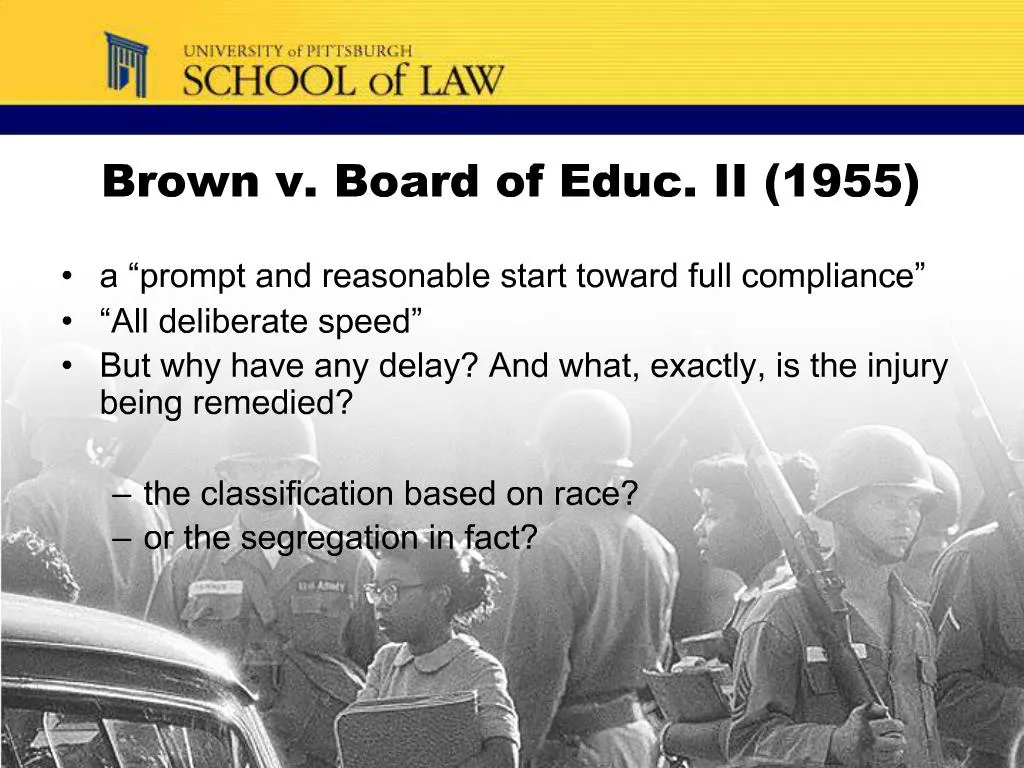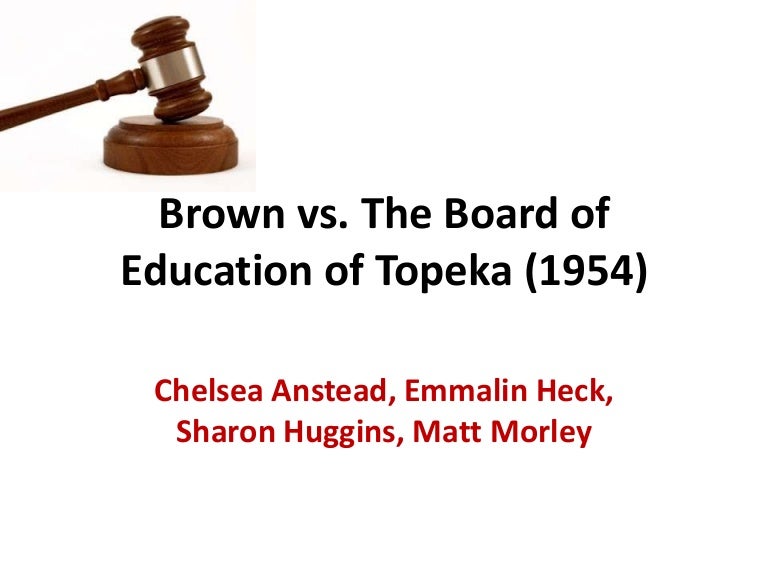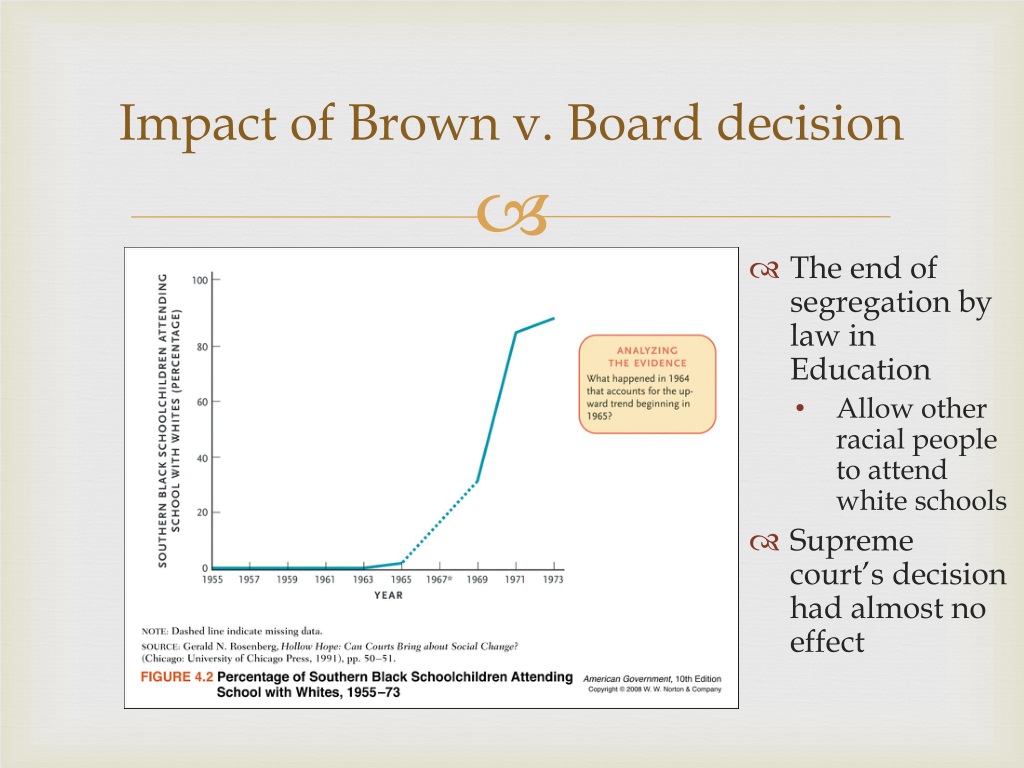
This was designed to prevent proponents of segregation from using dissents to build future challenges to Brown. Supreme Court opinions are rarely unanimous, and it appears that Justice Frankfurter deliberately argued for a re-hearing to stall the case while the Court built a consensus behind its decision. The others were based on assertions of gross inequality, which would have violated the standard in Plessy as well. Brown stood apart from the others in the group as the only case that challenged the separate but equal doctrine on its face. The NAACP was responsible for bringing each of these lawsuits, and it had lost on each of them at the trial court level except the Delaware case of Gebhart v. When the Supreme Court heard the appeal, it combined Brown with four other cases addressing parallel issues in South Carolina, Virginia, Delaware, and Washington, D.C. Since the NAACP did not challenge the details of those findings, it essentially cast the appeal as a direct challenge to the system imposed by Plessy. Even though the trial court agreed that educational segregation had a negative effect on African-American children, it applied the standard of Plessy in finding that the white and African-American schools offered sufficiently equal quality of teachers, curricula, facilities, and transportation.

They were unsuccessful at the trial court level, where the 1896 Supreme Court precedent in Plessy v. Once the children had been refused admission to the schools designated for whites, the NAACP brought the lawsuit.

For example, Linda Brown, the daughter of the named plaintiff, could have attended a white school several blocks from her house but instead was required to walk some distance to a bus stop and then take the bus for a mile to an African-American school.

Each child was refused admission and directed to the African-American schools, which were much further from where they lived. In 1951, each of the families attempted to enroll the children in the school closest to them, which were schools designated for whites. The NAACP in Topeka sought to challenge this policy of segregation and recruited 13 Topeka parents to challenge the law on behalf of 20 children. Based on an 1879 law, the Board of Education in Topeka, Kansas operated separate elementary schools for white and African-American students in communities with more than 15,000 residents.


 0 kommentar(er)
0 kommentar(er)
